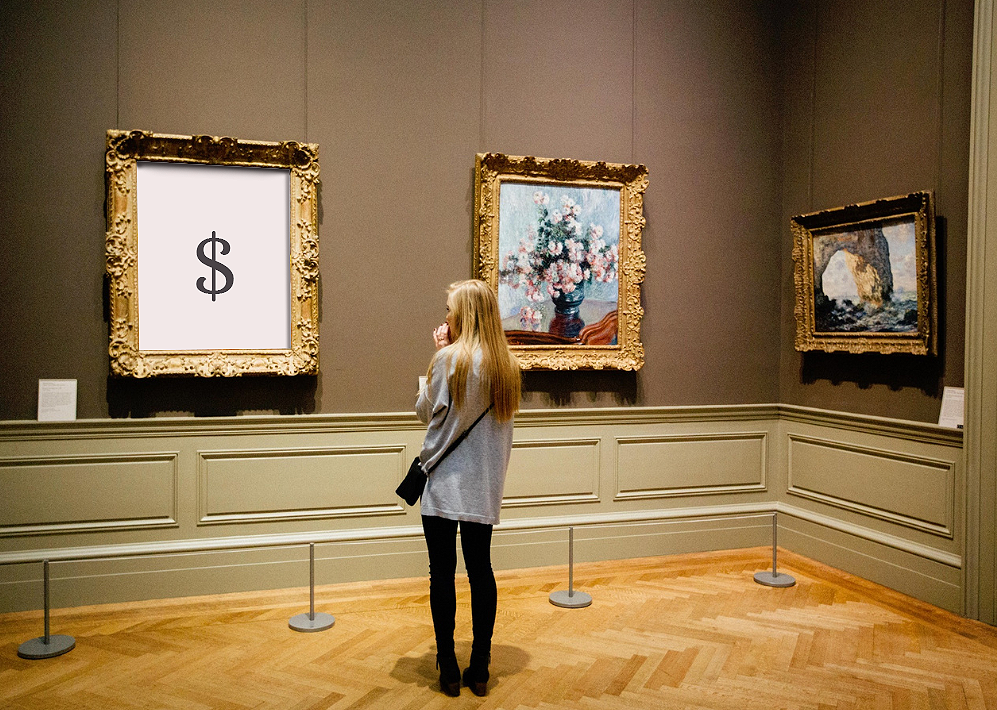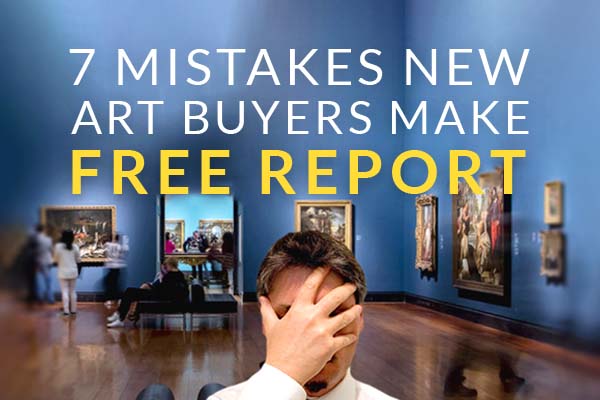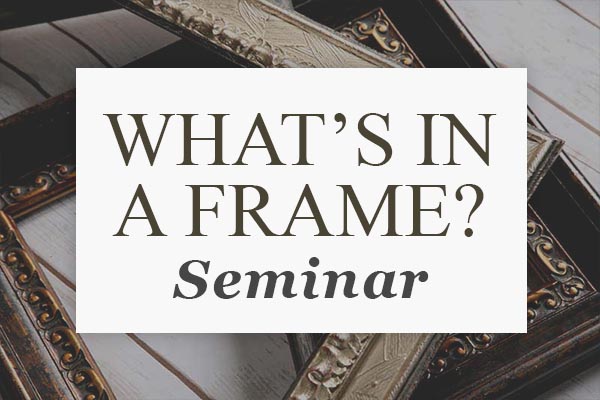Lesson 6
About Art 101 Mini-Course - Understanding the basics of art
In this lesson you will learn:
- What determines the value of art
- How to learn about the artist
- How to learn about the artwork
- What is provenance
- Choosing a reputable art gallery
What determines the value of art
Choosing art "because you like it" or choosing art "as an investment", what determines the value of art? It's as simple as who the artist is, their reputation and the rarity of their artwork. The higher the demand, the higher the price. Some artists are more proficient than other artists and can produce 20 original paintings a year or more. Other artists concentrate on completing 2 to 3 a year. Some artwork pieces by the same artist are worth more than others depending on subject matter or even events in the world.
Art can do well, in monetary means, over time, however no one can predict the future so if you purchase art that you like and it does go up in monetary value you have a win-win. On the other hand if you would like to buy art as an investment, a few tips are offered in this lesson, although it is strongly recommended that it would be wise to gain more knowledge than these basic lessons.

How to learn about the artist
One of the best ways to learn about the artist is to ask good questions: Who created the art...in other words who is the artist? and what is his or her reputation? What is the artist's background? which can usually be found in their biography. Is the artist active?
Also, acquiring the artist's credentials, which would include how long they have been painting, major accomplishments, awards, education, publications and special features that will give you a broader overview. Who collects their artwork? such as museums, large galleries or corporate collectors.
How to learn about the artwork
In regards to the specific artwork, good questions to ask are; is it the original artwork? or a reproduction?
If it's an original; what is the medium? (a watercolor or oil painting etc.). What is the surface material? (paper or canvas etc.) Is the artwork authentic. A reputable art gallery will take the time to provide the necessary information.
If it's a reproduction; is it an open edition or a limited edition. How many in the edition? Is it hand-signed by the artist?
-Is there an interesting story behind the artwork? where was it painted? and when?
-What is the condition of the artwork? Is the artwork in good condition or does it show signs of neglect? Is the artwork properly framed with conservation materials?
What is Provenance
If the artwork was previously owned and it is public knowledge you may want to know about the previous owners. Previous ownership history is the provenance of the artwork. The value of the artwork may not only be affected by the reputation of the person who created the artwork but also by those who previously owned it. Was the artwork commissioned by a celebrity or royalty?
Choosing a reputable Art gallery
When choosing art it is important to work with a reputable art gallery. Reputable art galleries have been in business for numerous years, carry quality art, represent talented artists, will give you biographies or credentials of their artists and will help you by asking pertinent questions to assist with your art and picture framing choices. If there is a concern after the purchase they will be there to assist in the best way they can. They want you to be happy so that you will return and refer your friends.
Have any questions about art, artists or picture framing? Call 780-467-3038 or contact us We are happy to help!
Congratulations! You've completed the About Art101 - 6 part mini-course !
We hope you have enjoyed your journey in Learning the Basics About Art so that you can make smart art choices.




